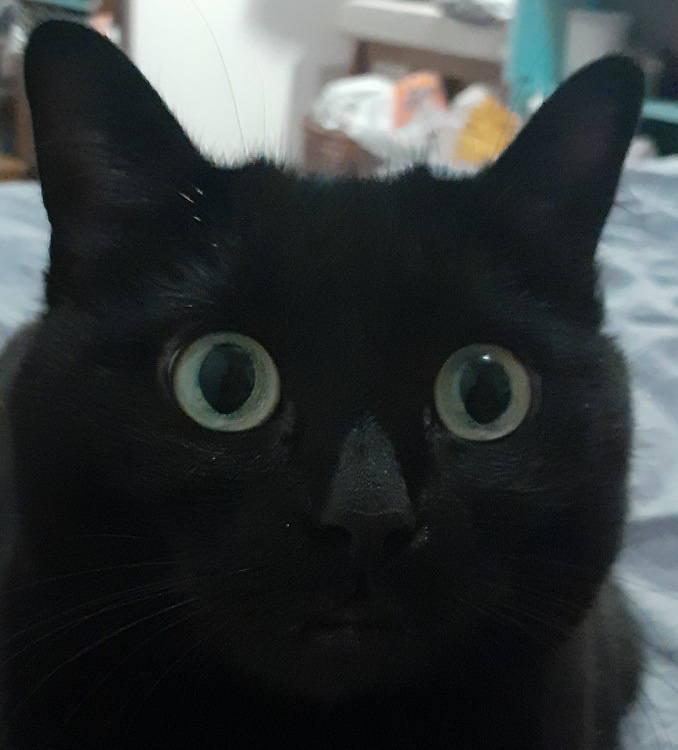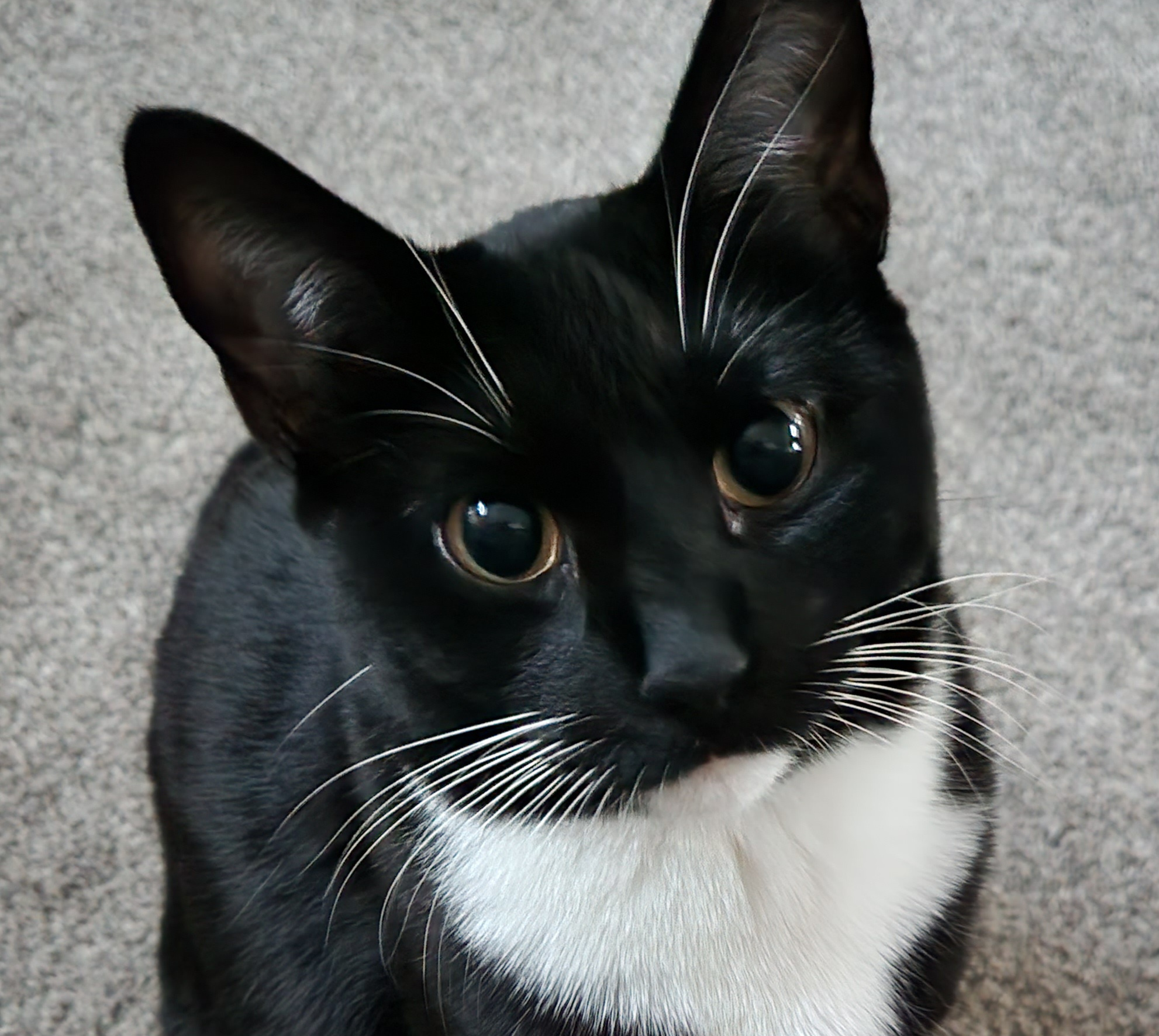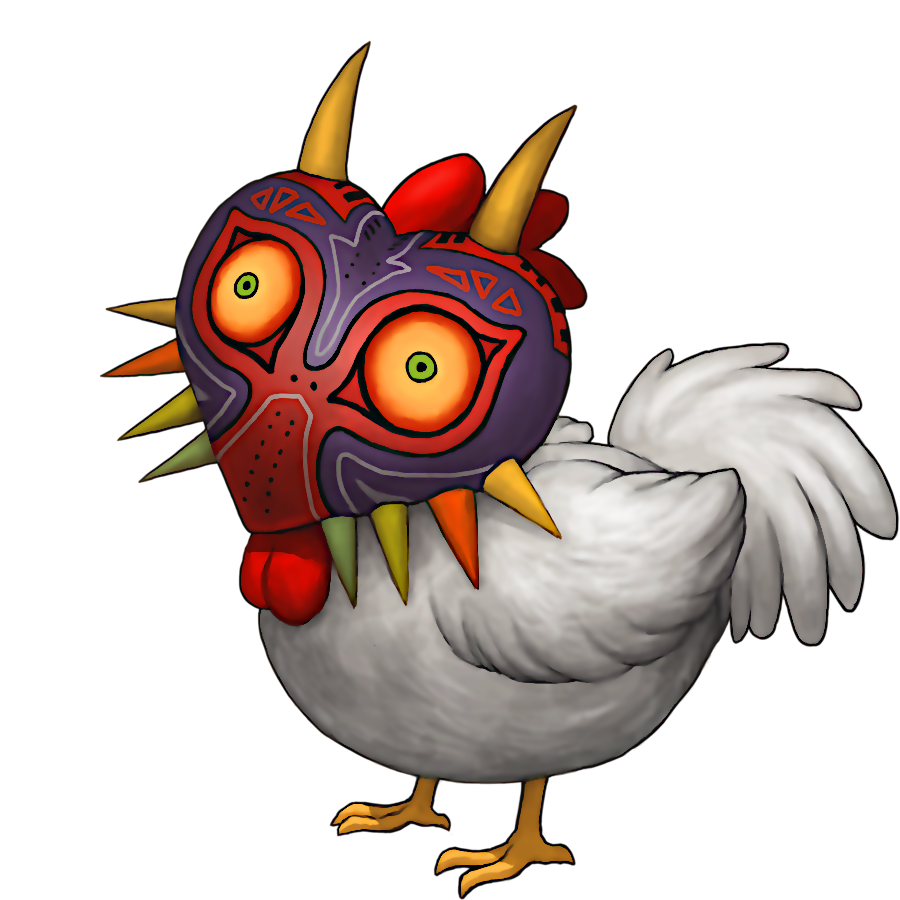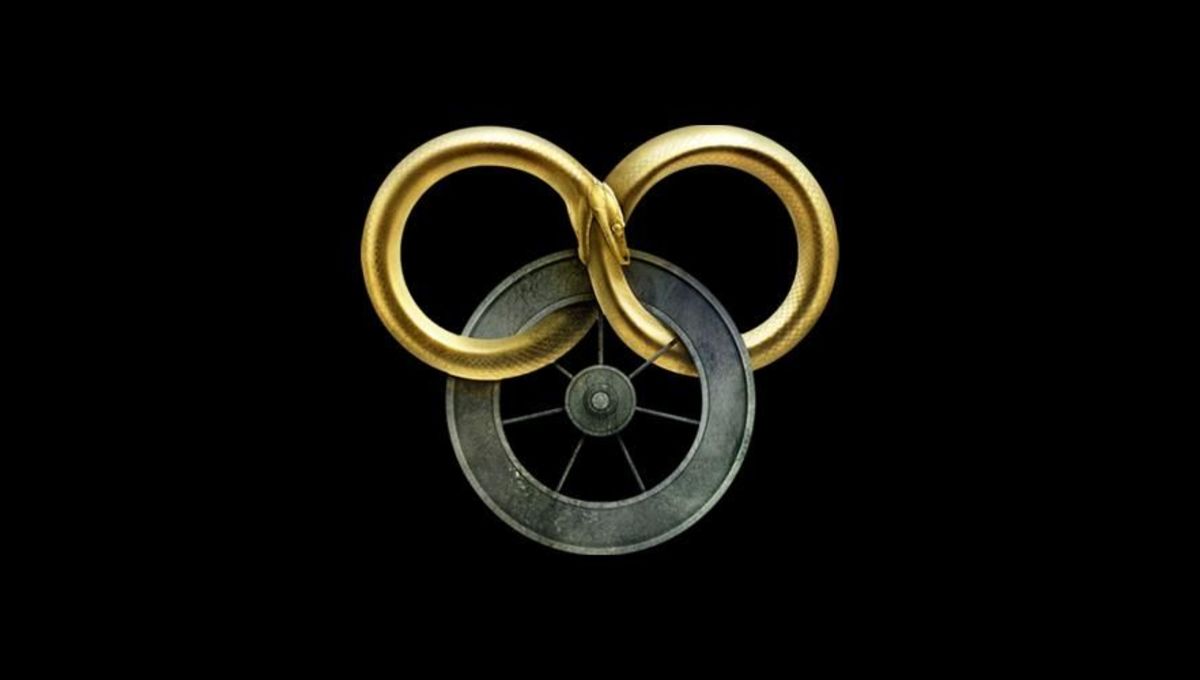Now listen, a giant bird would still be hella intimidating. Even a smol bird, when angered, can and will draw blood
Birds are tiny knife airplanes.
some people just havent been chased by a chicken, duck or anything similar, so they think dinosaurs having feathers would make them less scary
Gen alpha is trying to get everyone to wear socks with sandals
As a millennial, it will always be a no. It will forever have a Middle Aged Maths Teacher on Holiday vibe to it for me.
Meh, middle aged math’s teacher sounding like a solid reliable job right now. Nothing to shy from.
Also, I’ve put on some Birkenstocks with wool socks before. I feel no shame for it. It’s comfy.
Definitely not gatekeeping other folks wearing them, I just couldn’t without my grade 9 maths teacher popping into my head.
No worries, I was just playing along. :P But I have embraced the unfashionableness.
would have to start with socks that are split between the big toe and the index? toe, like a ninja, for starters… but even then still not comfortable or safe. might as well wear crocs or slippers.
I think most sandals don’t have a divider between the big toe and the rest. I think of sandals as any casual, open-toed shoes.
I think gen alpha has become increasingly aware of foot fetishes so they avoid showing their feet. I have a 15 year old and she never wears open toe shoes in public.
Well that explains why Quentin wants to retire after his next film.
I very much agree that it’s related to the recent extreme sexualization of feet
I don’t get it… Feet are gross.
Nah, they’re just there
That’s why they died out.
Everyone knows socks ‘n’ crocs are superior
Don’t try to convince me that a 12 meters long, 8 tons heavy cassowary with mouth full of >20 cm long teeth and eyes that have better visual acuity than hawks or eagles, being able to see you from 6 km away, while also having excellent sense of smell, is not scary.
Fluffy or not, I wouldn’t want to be closer than about 10 km to a hungry Tyrannosaurus.
How do we know anything about their visual acuity or sense of smell?
We can infer a lot from the size and position of its eye sockets. The eyes were position so as to be forward facing, not side facing like an herbivores.
This article has a really good pocture in it showing you a direct view of the eye sockets from the snout. Its cheekbones and nostrils are designed so that it’s visual field easily would clear them, giving it binocular vision like ours. The study that article discusses used fossils to model what dinosaur faces would have looked like, then examined their visual field. The trex had around a 55 degree binocular range, which is larger than many predatory birds that we know to have excellent vision over long distances. It’s eyes were also gigantic, allowing for a lot of light to get in.
As for sense of smell, I don’t know how we know about it; I think we assume it did because it’s nostrils were also huge, and because most animals today have good senses of smell, meaning it’s a good adaptation to have and likely would be present on the largest land predator to ever exist.
It seems like a lot of guesswork based on a small amount of evidence.
Because of being extremrly large and nonflying I don’t see why a trex would gain an advantage by being able to a see a mouse from kilometers away like a modern bird if prey. Between that the millions of years of evolution between them, I wonder if their eyes were less developed in some way.
Given that we have a lot of evidence that trex would swim to islands in the middle of north America to hunt (there was an inland sea here 66 million years ago), I think them having very good long distance vision actually makes a lot of sense. If they were hunting across flat crasslands and looking for food on islands across stretches of water then it would make a lot of sense that they need such good vision.
They don’t need to see a mouse from kilometers away, they need to see if that big Grey blob on the Shor of the island 2km across a strait is a washed up icthyosaur, or a triceratops, or just a rock.
There never was any evidence they were scavengers and numerous fossil examples that T. Rex did infact hunt large herbivores for food. The most notable being a T. Rex’s tooth found in a hadrosaur’s spine, and the wound showed signs of healing meaning the hadrosaur was alive when it was bit and survived the encounter.
“We not only have a broken-off tooth embedded in the bone of another animal, but the bone has healed over the wound, and a nasty wound it was too,” said David Burnham at Palm Beach Museum of Natural History in Florida. https://www.theguardian.com/science/2013/jul/15/t-rex-tooth-embedded-prey-dinosaur
Other evidence includes fossilized footprints suggesting a group of T. Rex of differing ages stalking their prey. This isn’t to say the T. Rex wouldn’t take advantage of a dead animal and opportunistically scavenge, as any large predator will today, but this probably wasn’t their primary means of getting food.
they wore socks with crocs???
Scientists: no evidence that dinosaurs did not have pubes
not sure if it counts, but there are some fossils that show exactly how dinosaurs sat, and im pretty sure there was nothing resembling pubes on the butt part
They probably shaved










